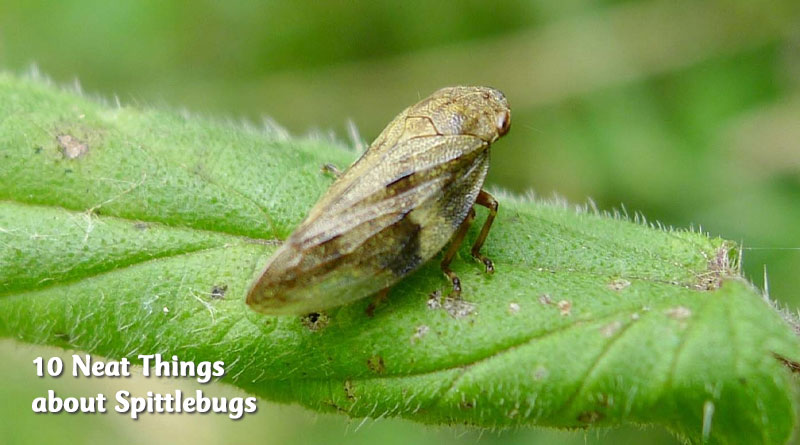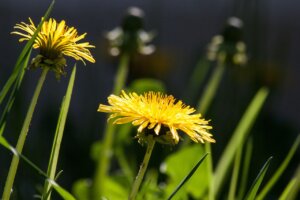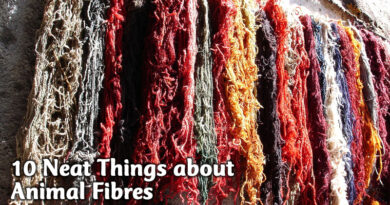About Spittlebugs

1. Who spit on my perennials?
See those little dabs of foam on the stems of your favourite perennials? It looks like spit. Who would do such a thing? The spittlebug, that’s who — or rather, what.
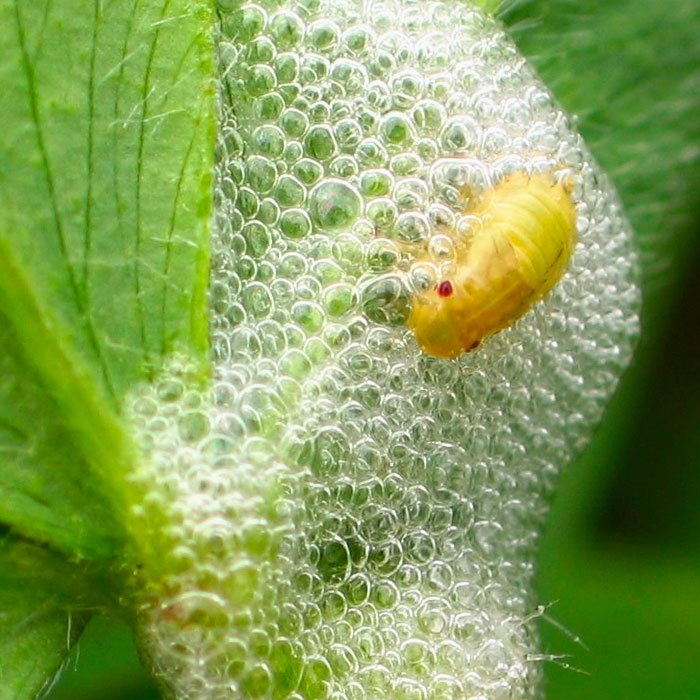
2. Baby, what great drool you have.
The spittlebug produces this foamy cover only during the nymph stage of its short life, right after hatching from an egg. It attaches itself to a desirable stem, head down, and sucks fluid from the plant’s xylem vessels. The xylem vessels are the ones that carry moisture up from the roots to the leaves.
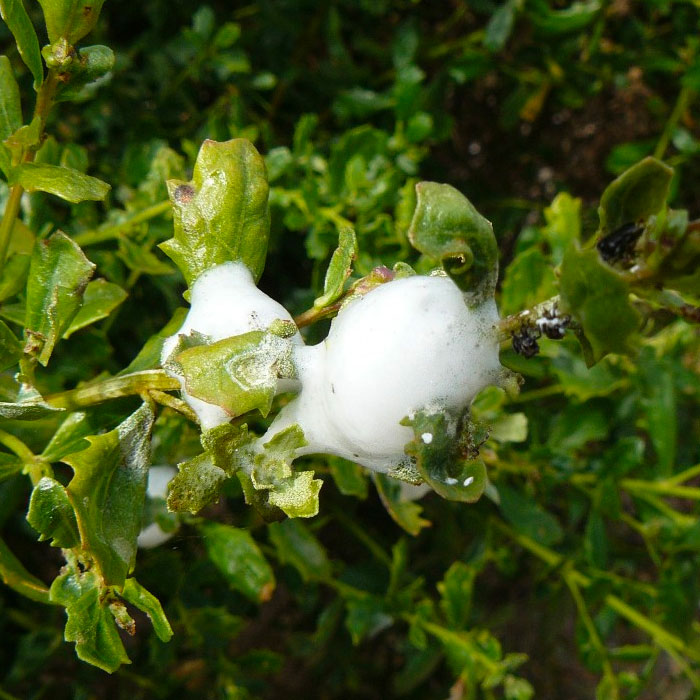
3. But why the spit?
Spit is probably not the most technically correct term since the foam is emitted from the other end. It serves several purposes: it keeps the tender body of the nymph from drying up, it has an acrid taste to deter some predators (I wonder who tasted it?), and it not only protects the baby bug from harsh rays of the sun, it provides insulation from harmful cold and heat. It’s also a terrific hiding place. Have you ever tried to see one of those little suckers?
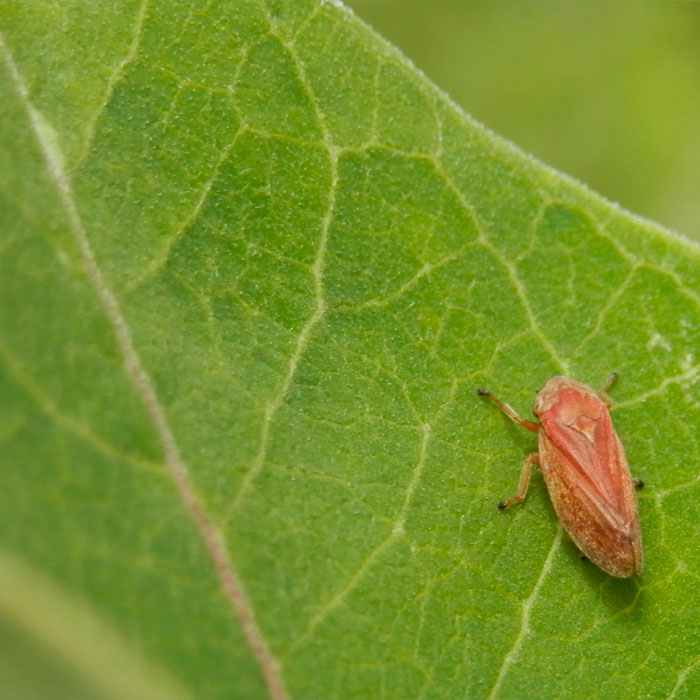
4. Froghopper.
The spittlebug has many names, one of them being froghopper. Some say this is because the adult has a face that resembles that of a frog, but it is more likely for the bug’s amazing jumping ability. A spittlebug can bound 100 times its length and it can do this vertically!

5. Little brown bug.
As a nymph, the spittlebug is greenish and a little transparent. It’s very small – newly hatched nymphs are not that much more than microscopic flecks of orange. At this point they are wingless, but when they emerge as adults, they are grey-brown (some varieties are black or tan) and one-eighth to one quarter inch long. They resemble leafhoppers, to which they are related.

6. Spittlebug fodder.
You think you like strawberries? So does the meadow spittlebug – at least, it likes strawberry stems – and while it doesn’t wreak devastating damage on a crop, a strong infestation in a dry year can stunt the plants and the fruit. But generally, the little bug is not much more than a nuisance, although strawberry pickers detest it because they don’t like all that goo on their hands.
7. More spittlebug fodder.
Spittlebugs like to feed on more than just strawberry stems. They have a preference for the stems of plants, such as legumes, clover and certain grasses, that have nitrogen fixing abilities. They also like spruce and pine, where they lay their eggs, stuck together in masses to overwinter on twigs and branches.
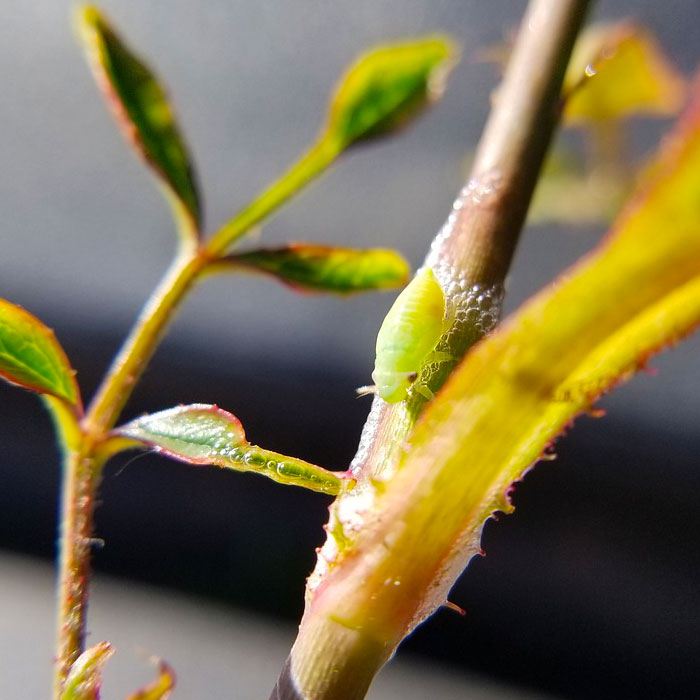
8. How can they live on a water diet?
Spittlebugs suck on xylem vessels which carry water from root to shot (most insects attack the more sugary leaves and flowers). Not only does the spittlebugs manufacture the spittle from the water they suck, it is postulated that they are after the amino acids in the xylem fluids. Amino acids are the building blocks of protein.
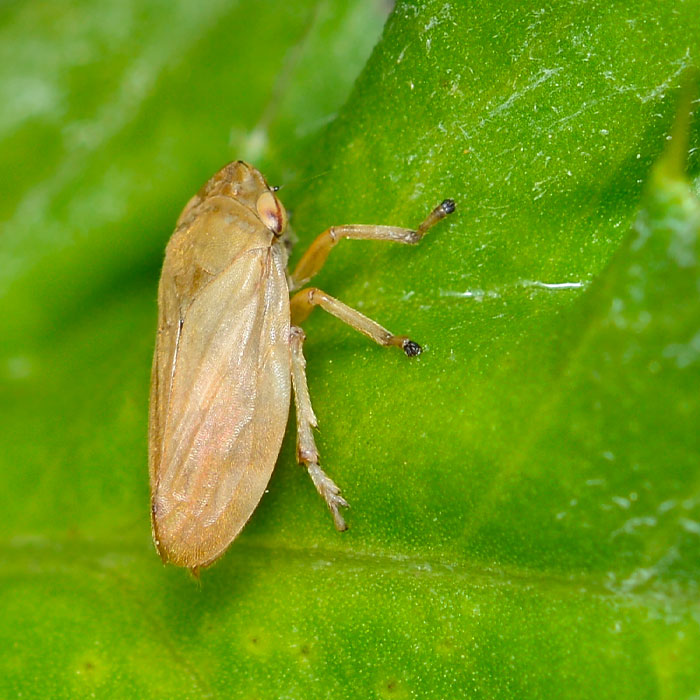
9. Deadly enemies.
In spite of their clever ruse against predators, the spittlebug has several enemies that are not deterred by spit. A number of birds, hornets and the goldenrod spider all find spittlebugs to be a tasty morsel.
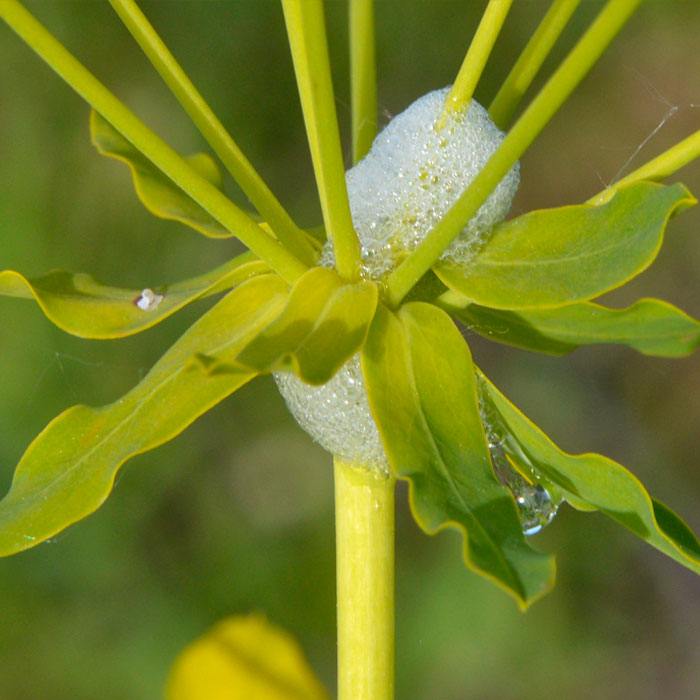
10. Away spittlebug, away!
One spittlebug per plant does not cause much damage and the plant will be perfectly fine. You can discourage the pest by hitting him with a stream of water from your hose, cleaning off the spittle and knocking the bug off its pins for awhile. No chemical intervention is required.
– Dorothy Dobbie Copyright©
Pegasus Publications Inc

